Keyboard layouts may look similar, but they vary globally to support different languages and cultures. The Nordic keyboard is tailored to the unique characters of Nordic languages.
In the previous blogs, we have talked about UK and US keyboard layouts, Swedish keyboard layouts, and Japanese keyboard layouts. In this article, we’ll delve into the Nordic layout.
What is the Nordic Keyboard Layout?
The Nordic keyboard layout is not a specific keyboard layout but refers to a group of similar but unique keyboard layouts used in the Nordic countries (Denmark, Norway, Sweden, Finland, and Iceland). It is mainly used to facilitate the input of special characters unique to Nordic languages.
The Nordic keyboard layout is based on the standard QWERTY layout and follows the ISO physical layout. And adds unique letters and symbols according to the needs of each country's language.
Key Features of the Nordic Keyboard Layout
1. ISO Layout
Most Nordic keyboards follow the ISO standard layout, featureing a narrow left Shift key, an extra key between Shift and Z (often used for < and >) and a larger Enter key compared to ANSI.
2. QWERTY Layout
The Nordic keyboard layout retains the QWERTY layout for the alphabet section, ensuring familiarity for most users.
3. Unique Nordic Characters
Nordic keyboards modify the top-right letter area to include special Nordic letters, for example:
-
Danish/Norwegian:
Æ,Ø,Å -
Swedish/Finnish:
Ä,Ö,Å -
Icelandic:
Æ,Ð,Þ,Ö
4. Modified Punctuation and Symbol Keys
Symbols such as @, #, $, and " are repositioned compared to US/UK layouts. This accommodates extra Nordic letters while still supporting general symbol use.
5. Shared Layout Across Multiple Countries
The layout is largely standardized across Denmark, Sweden, Norway, and Finland. Iceland has a similar layout with a few unique additions (þ, ð).
Common Nordic Layouts
Here’s a breakdown of the common Nordic keyboard layouts used in the Nordic countries, along with their language-specific characters and key differences:
| Country/Region | Layout Name | Official Status | Unique Characters | Notes |
| Denmark | Danish Layout | Official in Denmark | Æ, Ø, Å | Common in Denmark and Greenland. |
| Faroe Islands | Faroese Layout | Constituent country of Denmark | Á, Í, Ó, Ú, Ý, Ð + Æ, Ø, Å | Based on Danish layout, with added Faroese accented letters support. |
| Finland | Finnish Layout | Official since 2008 (SFS 5966) | Å, Ä, Ö | Shares layout design with Sweden; only minor labeling differences. |
| Greenland | Greenlandic Layout | Constituent country of Denmark | Æ, Ø, Å + Kalaallisut character input | Physically uses Danish layout; relies on OS input methods for language support. |
| Iceland | Icelandic Layout | Official in Iceland | Þ, Ð, Æ, Ö | Includes unique Old Norse characters; significantly different layout. |
| Norway | Norwegian Layout | Official in Norway | Æ, Ø, Å | Very similar to Danish layout; small changes in punctuation position. |
| Sweden | Swedish Layout | Official in SE; FI until 2008 | Å, Ä, Ö | Nearly identical to Finnish layout. Based on ISO standard. |
The Swedish and Finnish layouts are functionally the same and often grouped as "SE/FI" or "Nordic".
The Danish and Norwegian layouts are also very similar and may be labeled as "DK/NO".
The Icelandic layout includes distinct characters such as þ (thorn) and ð (eth) not present in any other Nordic layout.
The Faroese layout uses the Danish base layout, but Faroese input methods include additional accented letters like á, í, ó, ú, ý, ð.
Greenlandic users typically use the Danish keyboard layout and activate a Kalaallisut (Greenlandic) input method to type native words.
Nordic Layout vs UK Layout
Here are the main differences between the Nordic layout and the US layout.
| Aspect | Nordic Layout | UK Layout |
| Base Layout | QWERTY with special Nordic characters | Standard QWERTY with British English characters |
| Region | Sweden, Finland, Norway, Denmark, Iceland | United Kingdom |
| Special Characters | Includes Å, Ä, Ö, Æ, Ø, Þ, Ð | Includes £ (pound), € (euro), ¬, and accented letters |
| Enter Key Shape | Usually large rectangular | Usually large rectangular, similar to Nordic |
| Symbol Placement | @, #, €, £, ¤ placed to support Nordic languages | @ is on the ' (apostrophe) key, £ on number 3 key |
| Shift + Number | Different symbols on number keys (e.g., " ” * etc.) | Typical UK symbols: ! " £ $ % ^ & * ( ) |
| AltGr Key | Present to input additional characters | Usually no AltGr, uses Shift and Ctrl combinations |
| Letter Layout | Similar to QWERTY | Similar to QWERTY |
| Language Support | Designed for Nordic languages | Designed for British English |
| Currency Symbols | Includes Euro (€), Pound (£), Krona (¤), etc. | Pound (£) is primary, Euro (€) less common |
- The Nordic keyboard layout is optimized for Nordic language special characters and is suitable for Swedish, Danish, Norwegian, Finnish and other language users.
- The British keyboard layout is more in line with British English writing habits, especially in the input of symbols and currency symbols.
Nordic Layout vs US Layout
Here are the main differences between the Nordic layout and the US layout.
| Aspect | Nordic Layout | US Layout |
| Base Layout | QWERTY with special Nordic characters | Standard QWERTY |
| Region | Sweden, Finland, Norway, Denmark, Iceland | United States and most English-speaking countries |
| Special Characters | Includes Å, Ä, Ö, Æ, Ø, Þ, Ð | No special Nordic letters |
| Enter Key Shape | Usually large rectangular | Often “inverted L” shape |
| Symbol Placement | @, #, €, £, ¤ adjusted for Nordic usage | @ on number 2 key, # on number 3 key, $ dollar sign |
| Shift + Number | Different symbols on number keys | Typical US symbols: ! @ # $ % ^ & * ( ) |
| AltGr Key | Present to input more special characters | No AltGr key; relies on Shift and Ctrl+Alt combos |
| Letter Layout | Similar to QWERTY | Standard QWERTY |
| Language Support | Designed for Nordic languages | Designed for American English |
| Currency Symbols | Euro (€), Pound (£), Krona (¤), etc. | Mainly Dollar ($) |
- The Nordic keyboard layout has built-in special characters (Å, Ä, Ö,) commonly used in Nordic languages, which is more suitable for Nordic language users.
- The US keyboard layout is simple in design and suitable for pure English environment. The symbol position and common punctuation marks are more intuitive.
- The Nordic keyboard has a dedicated AltGr key for entering more special symbols, while the US keyboard does not.
- The symbols of the US keyboard, such as the dollar sign $, are easy to use. The Nordic keyboard has made adjustments to the symbol key position and currency symbols to adapt to multilingual needs.
Conclusion
The Nordic keyboard layout is a thoughtfully designed tool that reflects the unique needs of Northern Europe’s languages. Whether you’re a native speaker, a language learner, or simply curious, understanding the Nordic layout can enhance your typing experience and appreciation for linguistic diversity.
If you want to explore further, try switching your keyboard input to a Nordic layout or check out keyboards designed specifically for these languages. It might open up a new, efficient way to communicate!


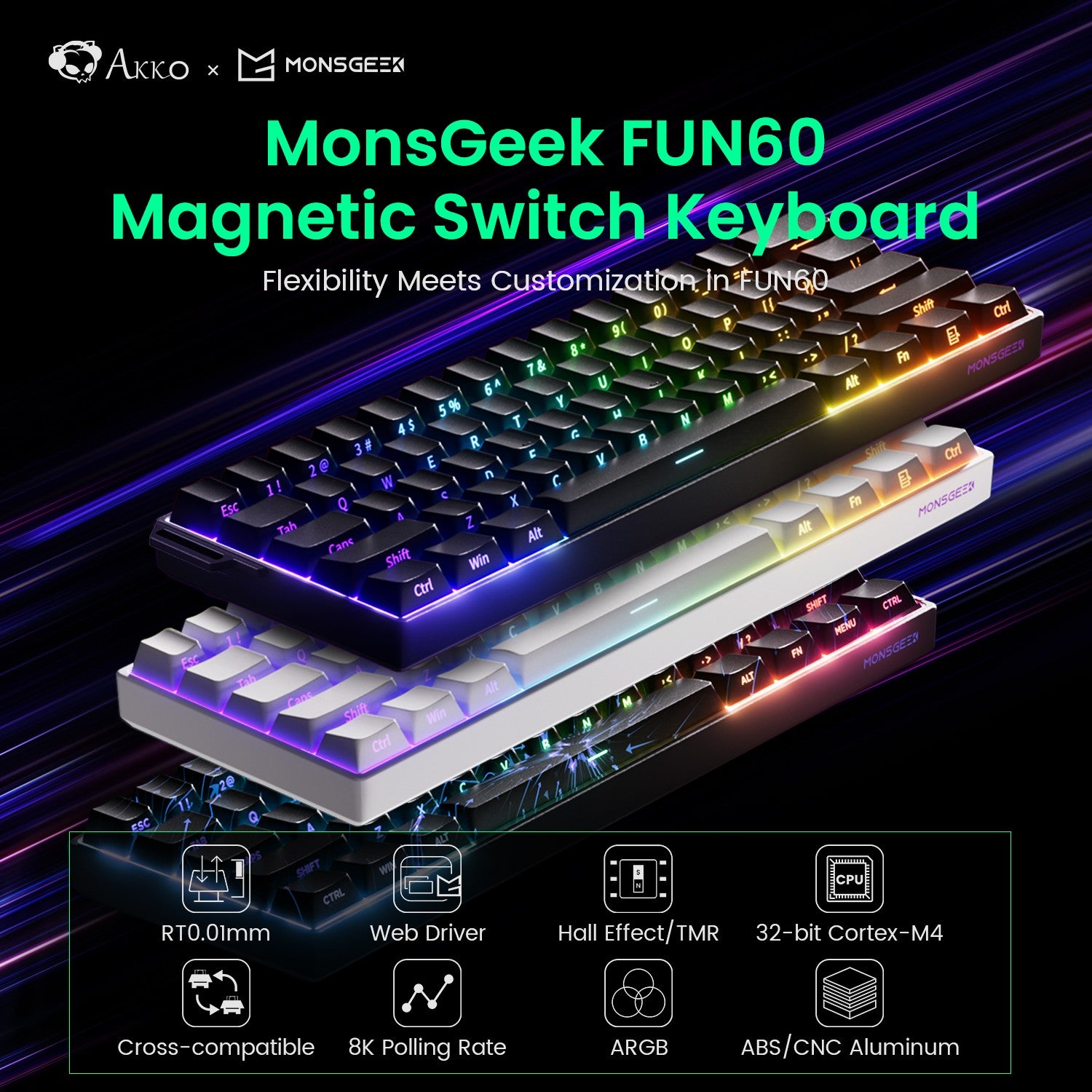
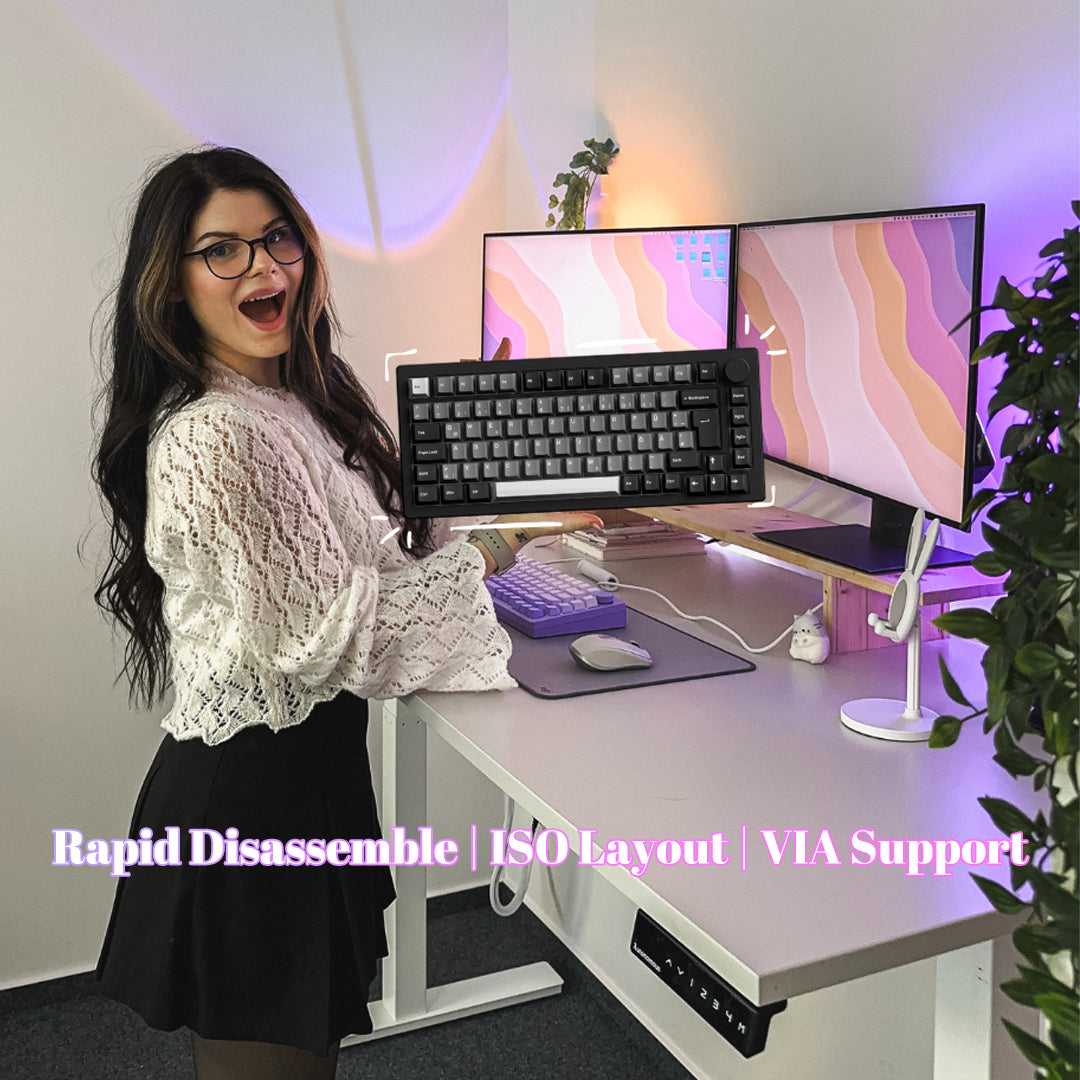
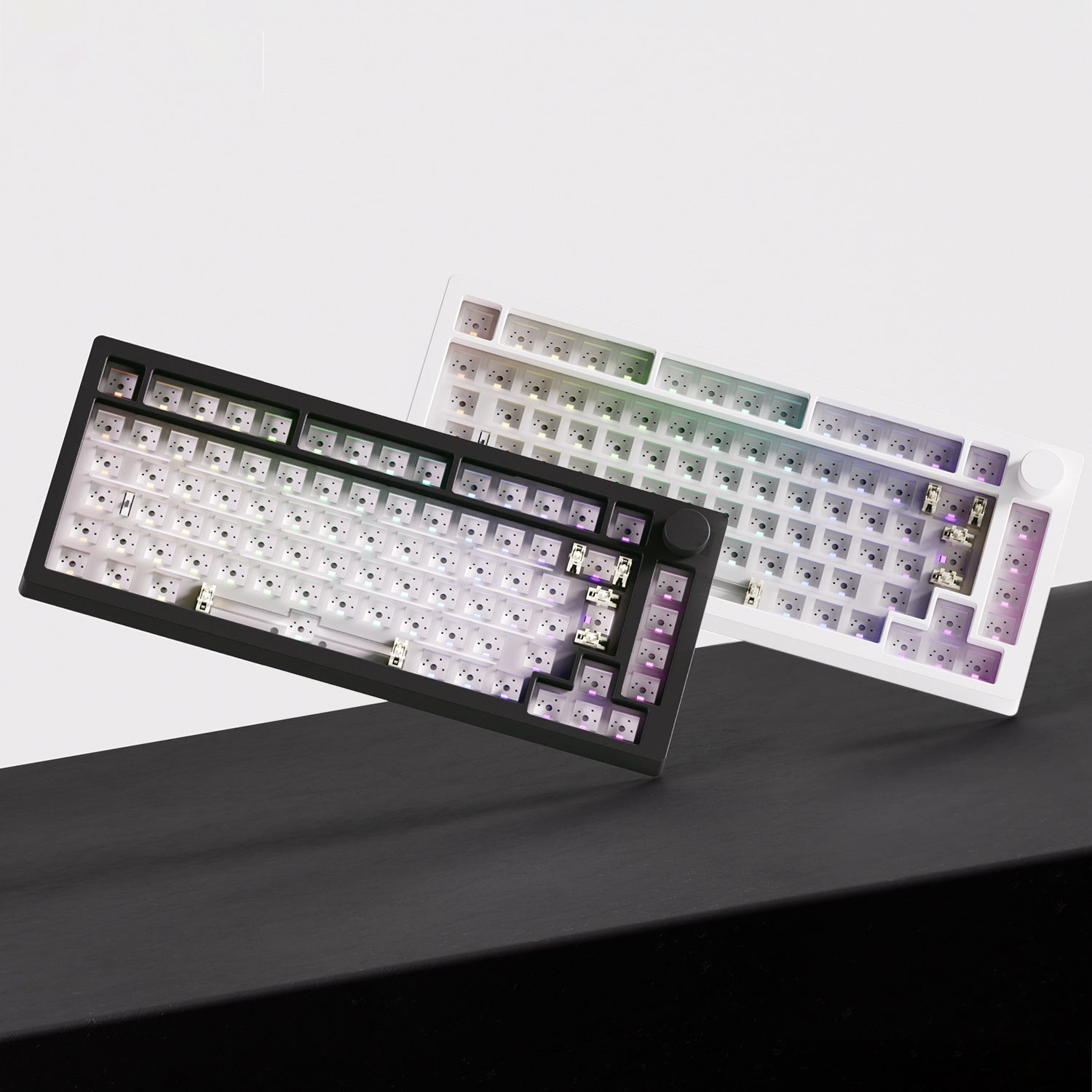
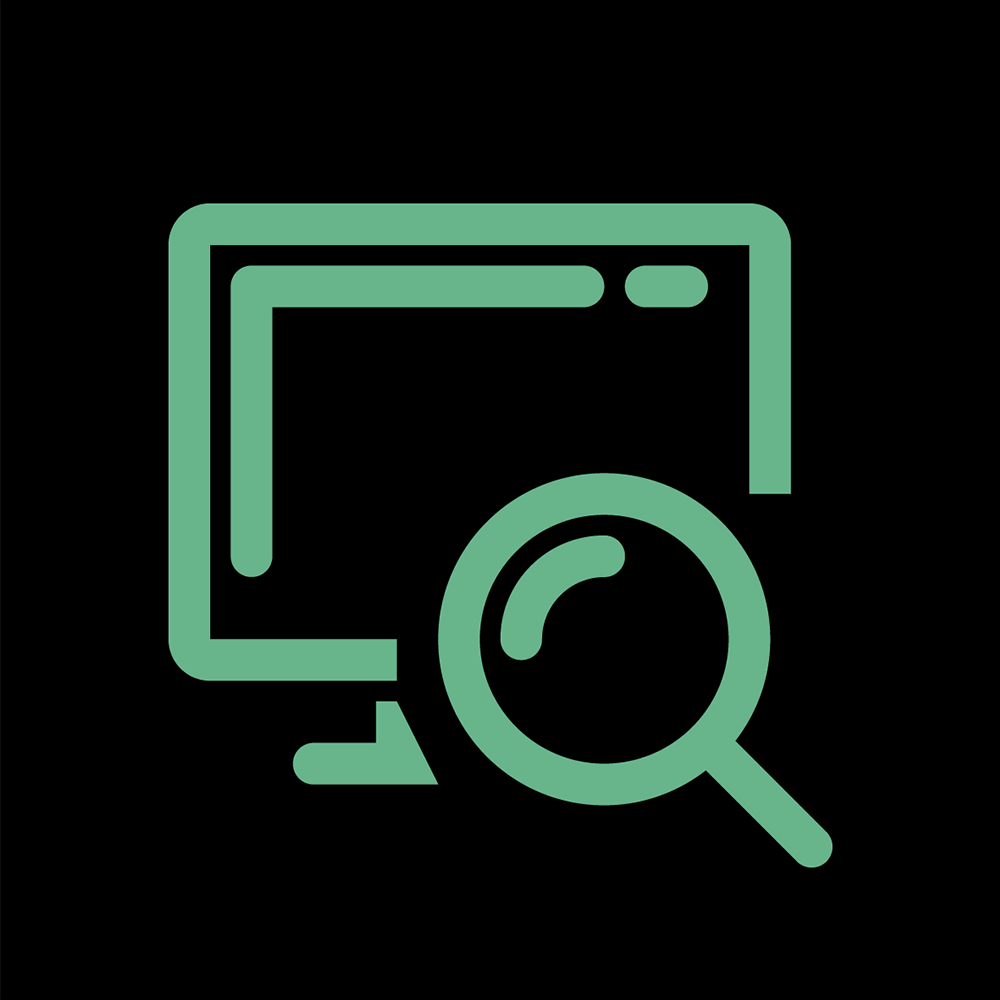


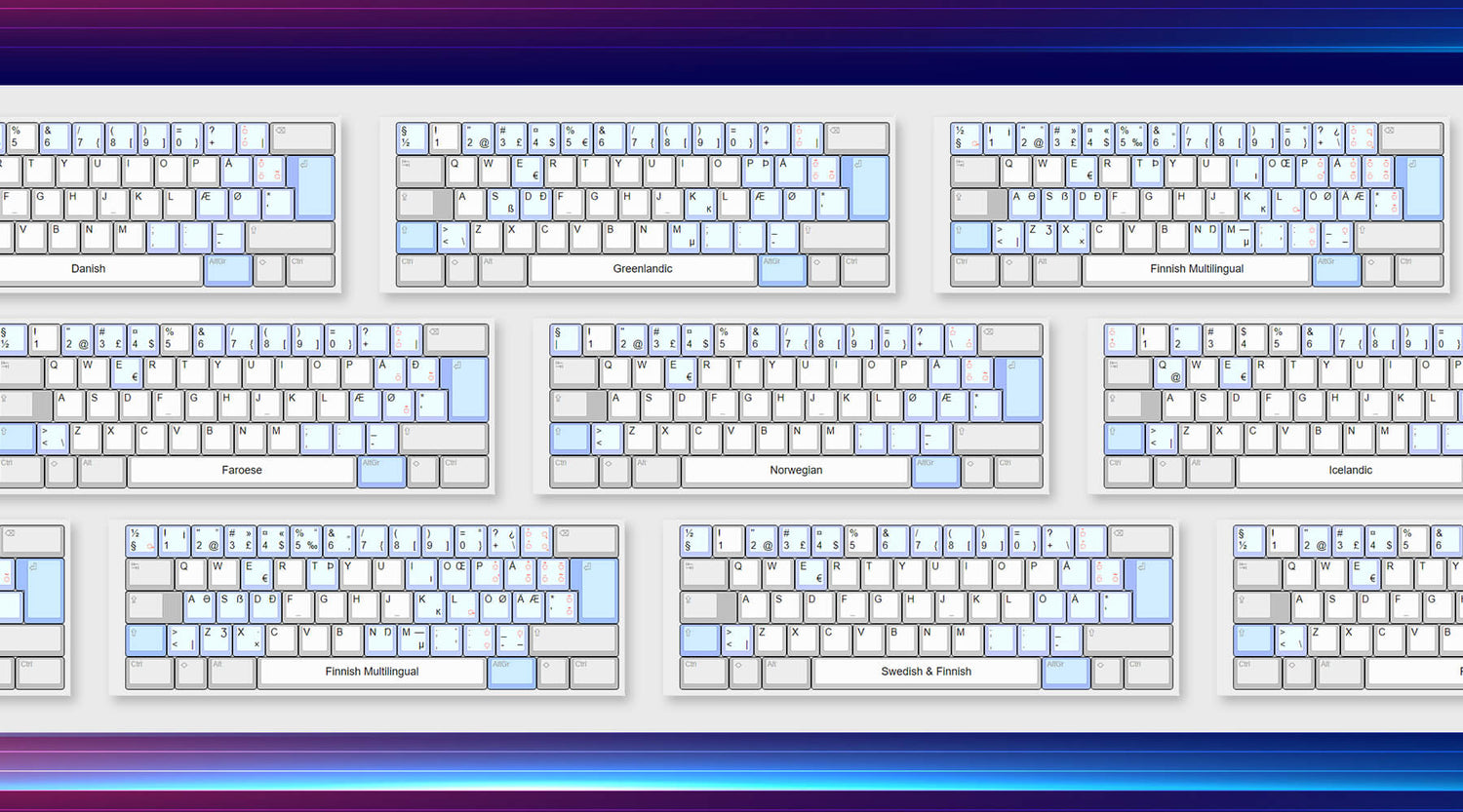

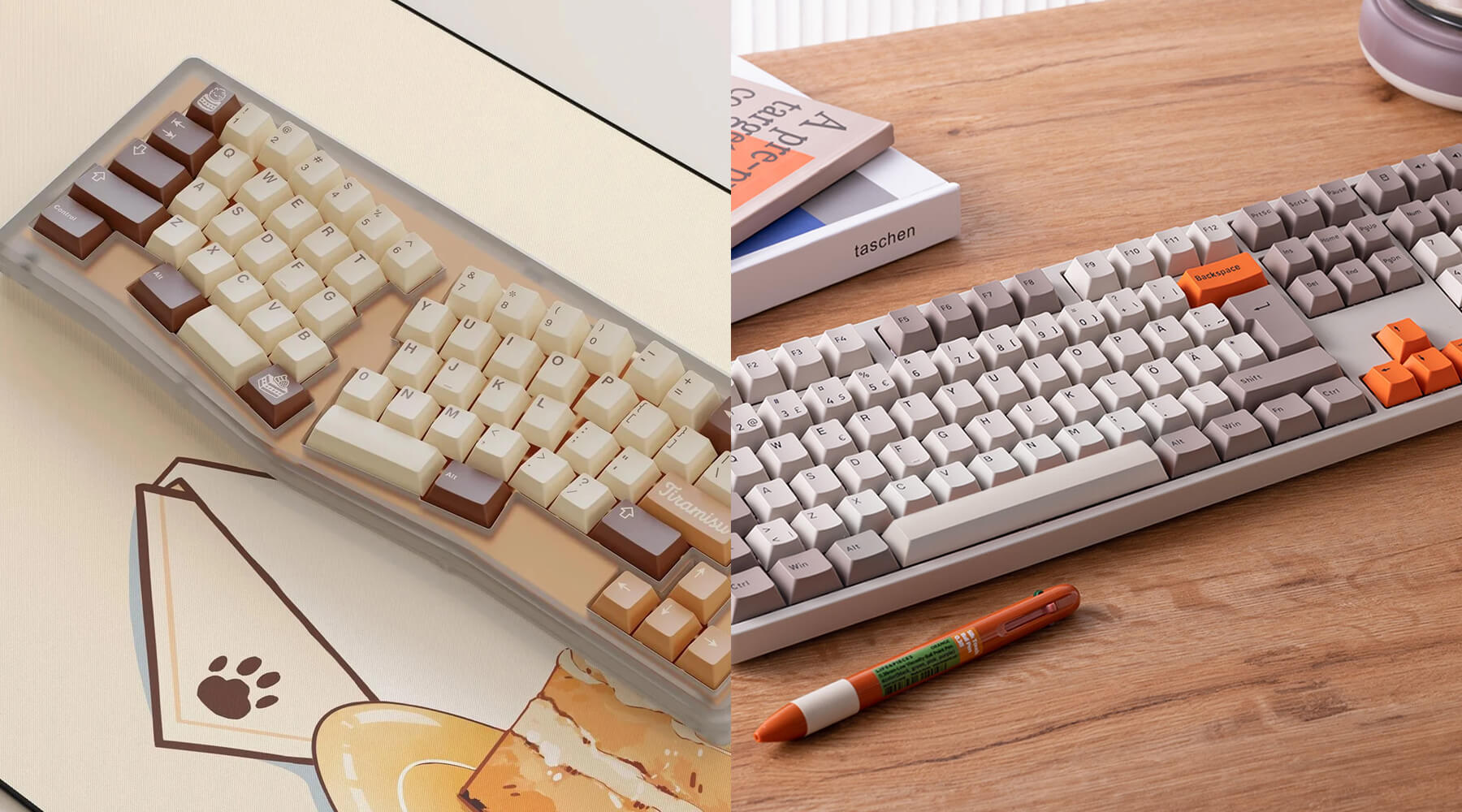

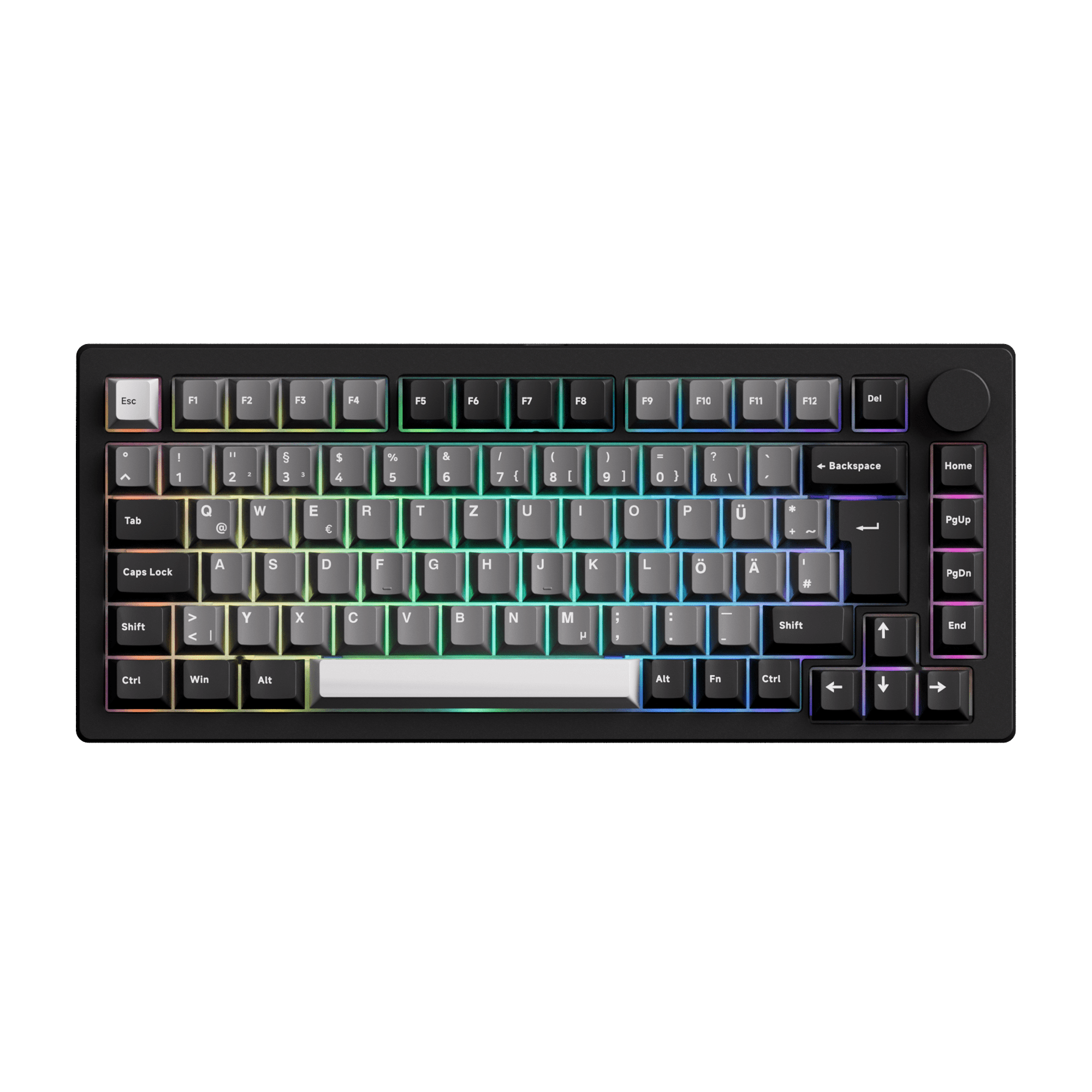
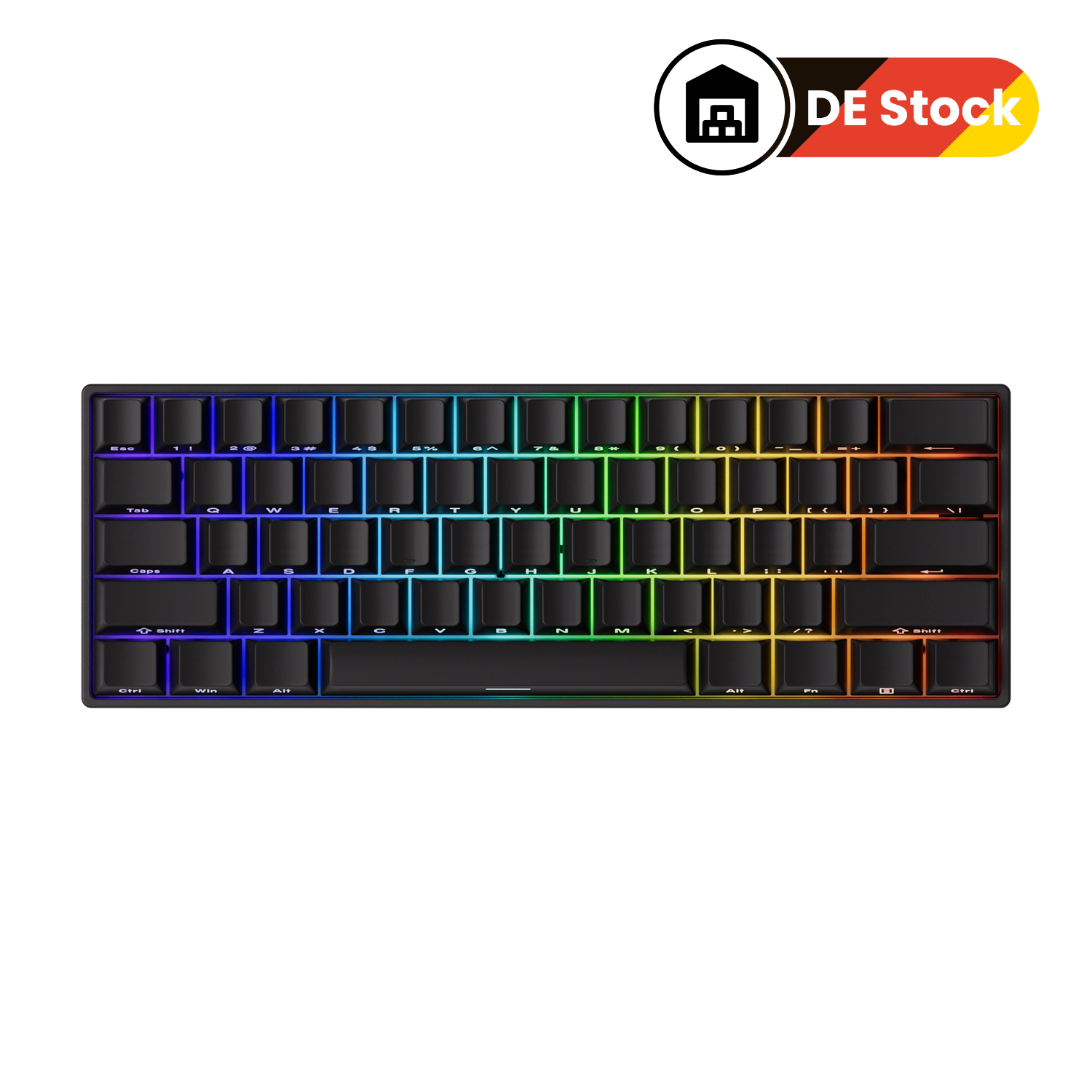
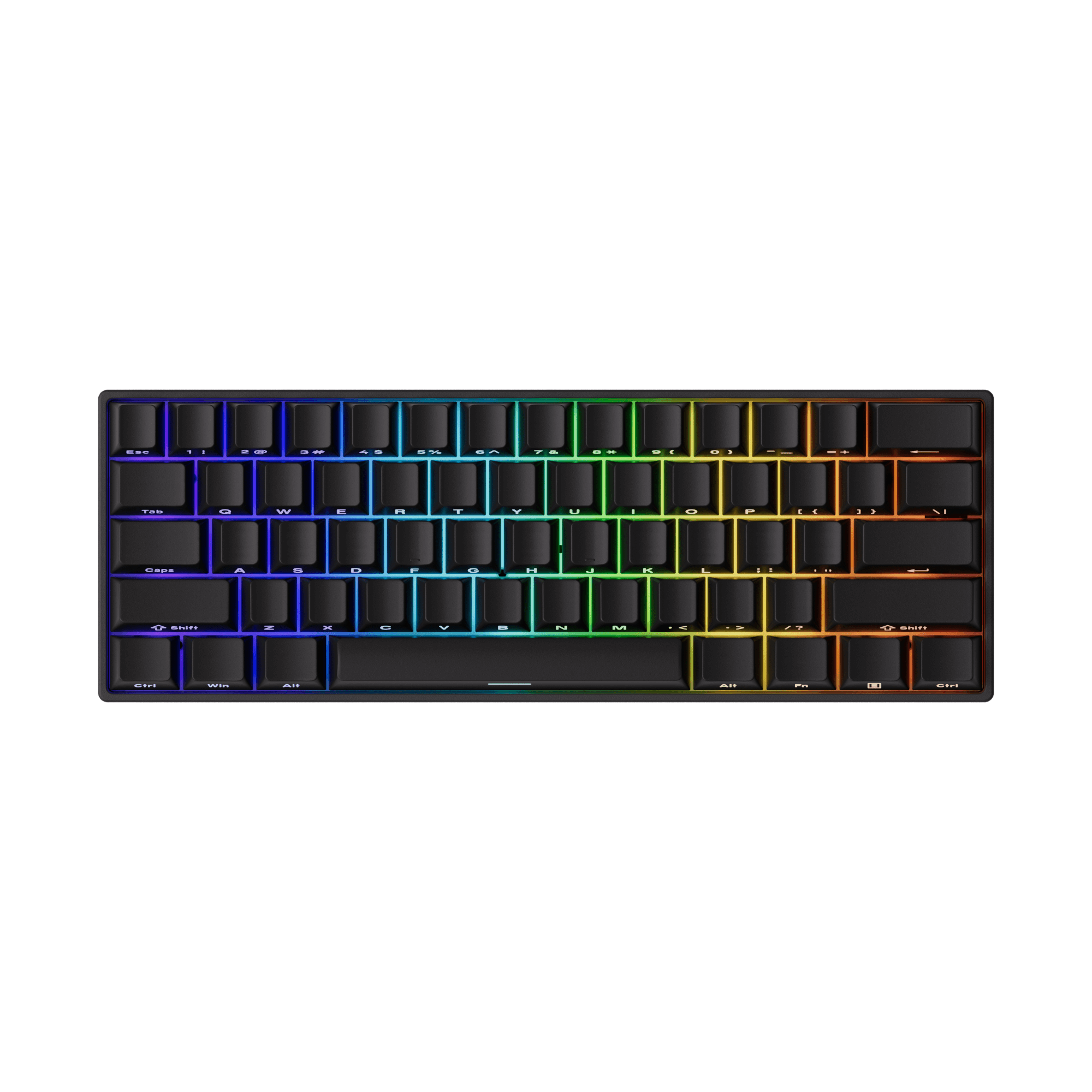
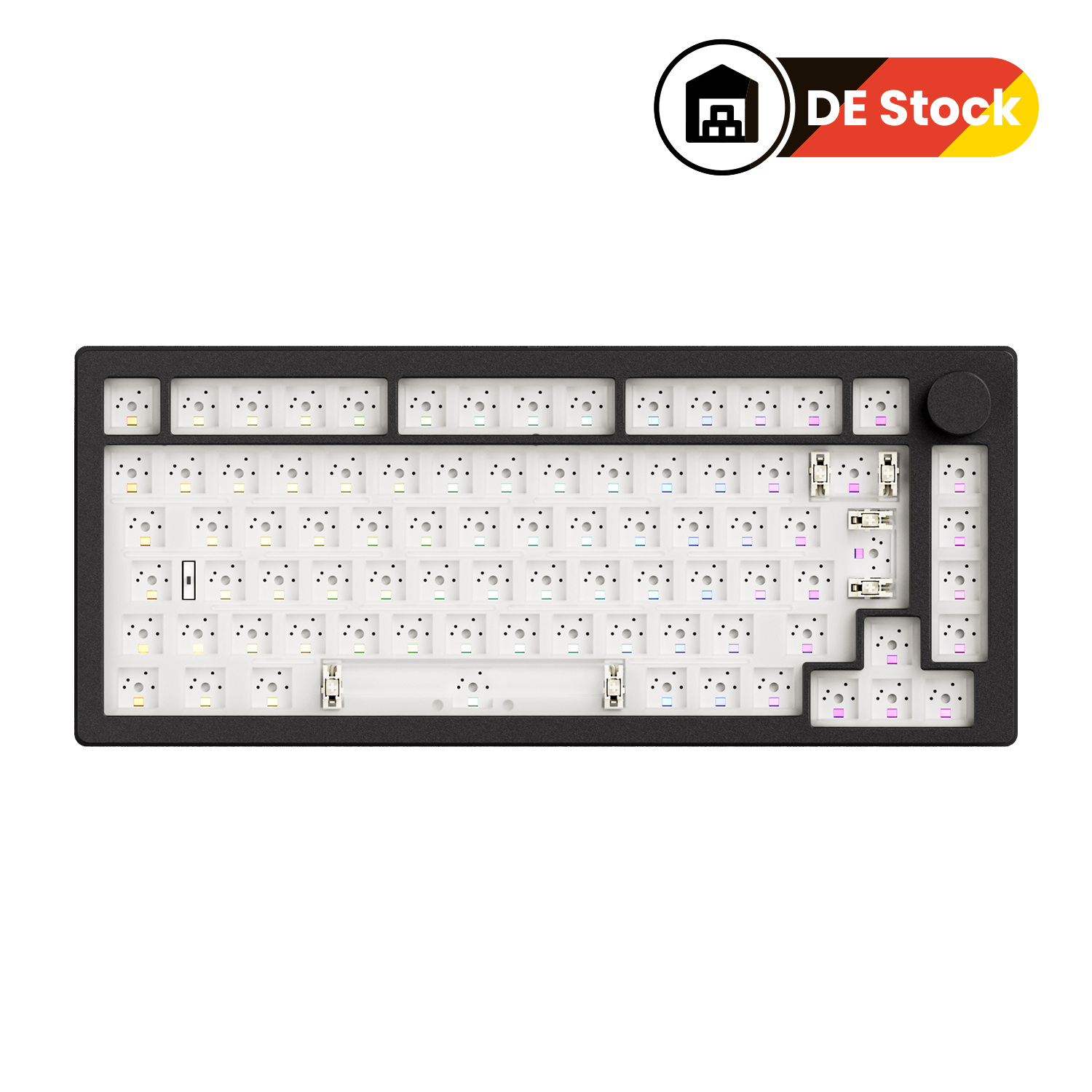



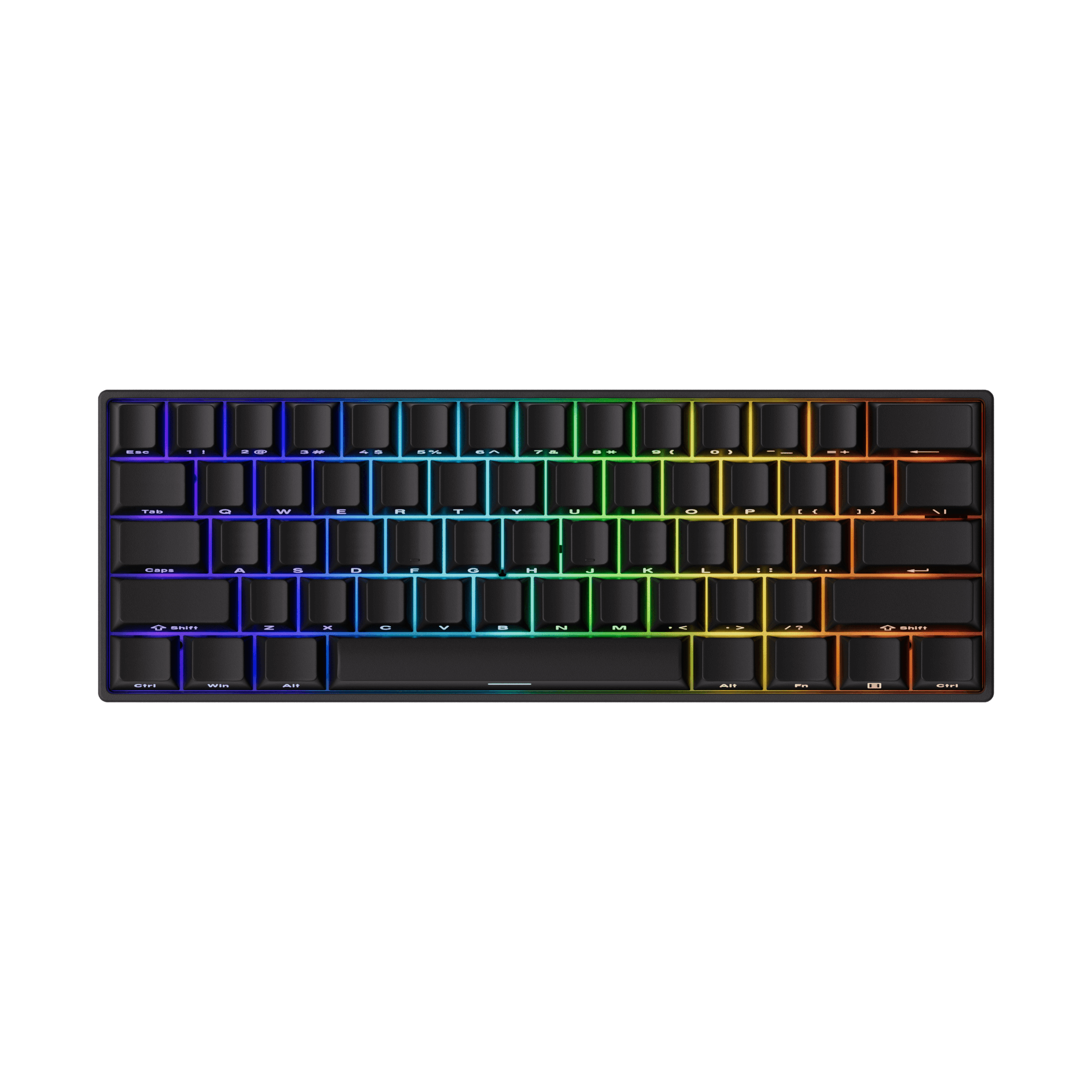
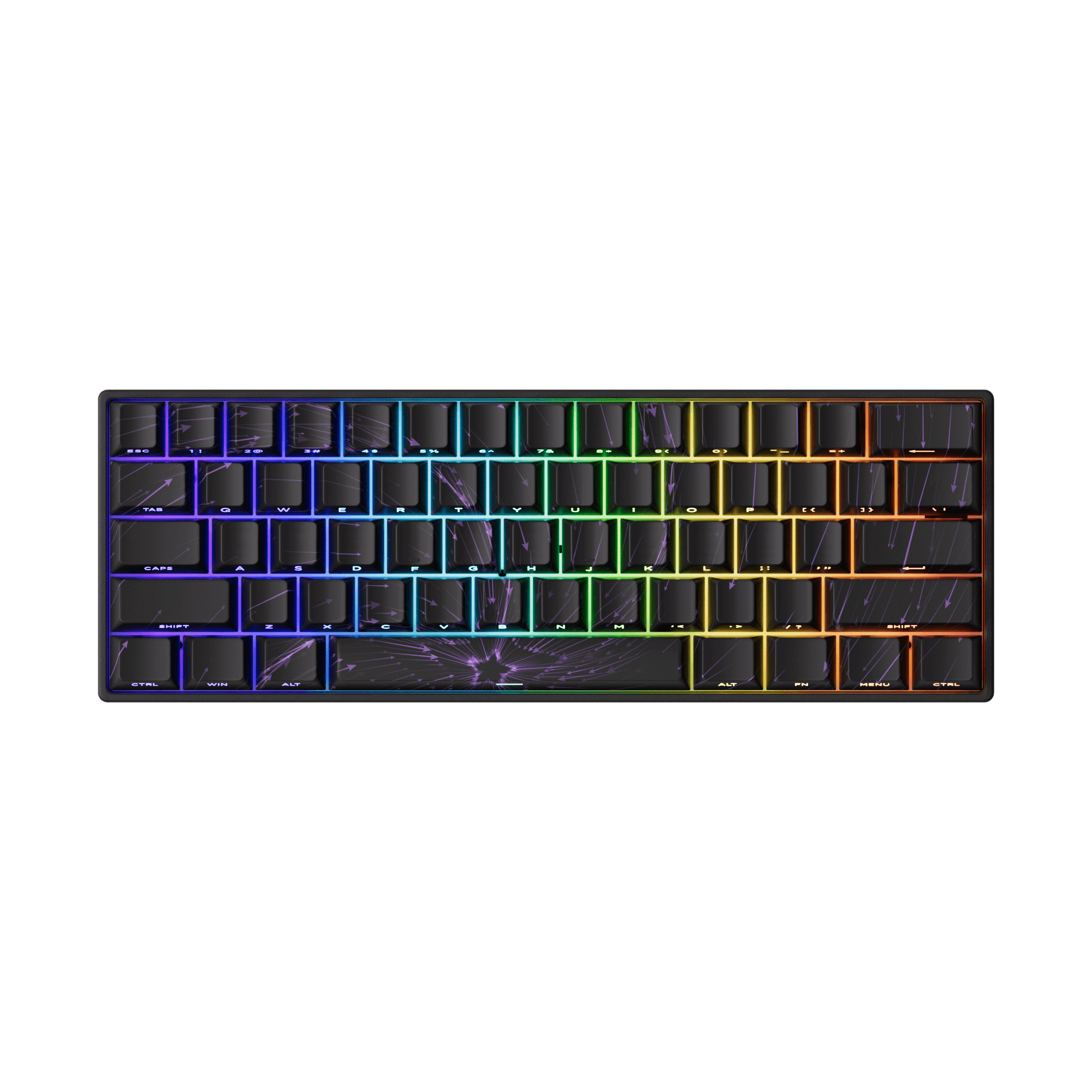
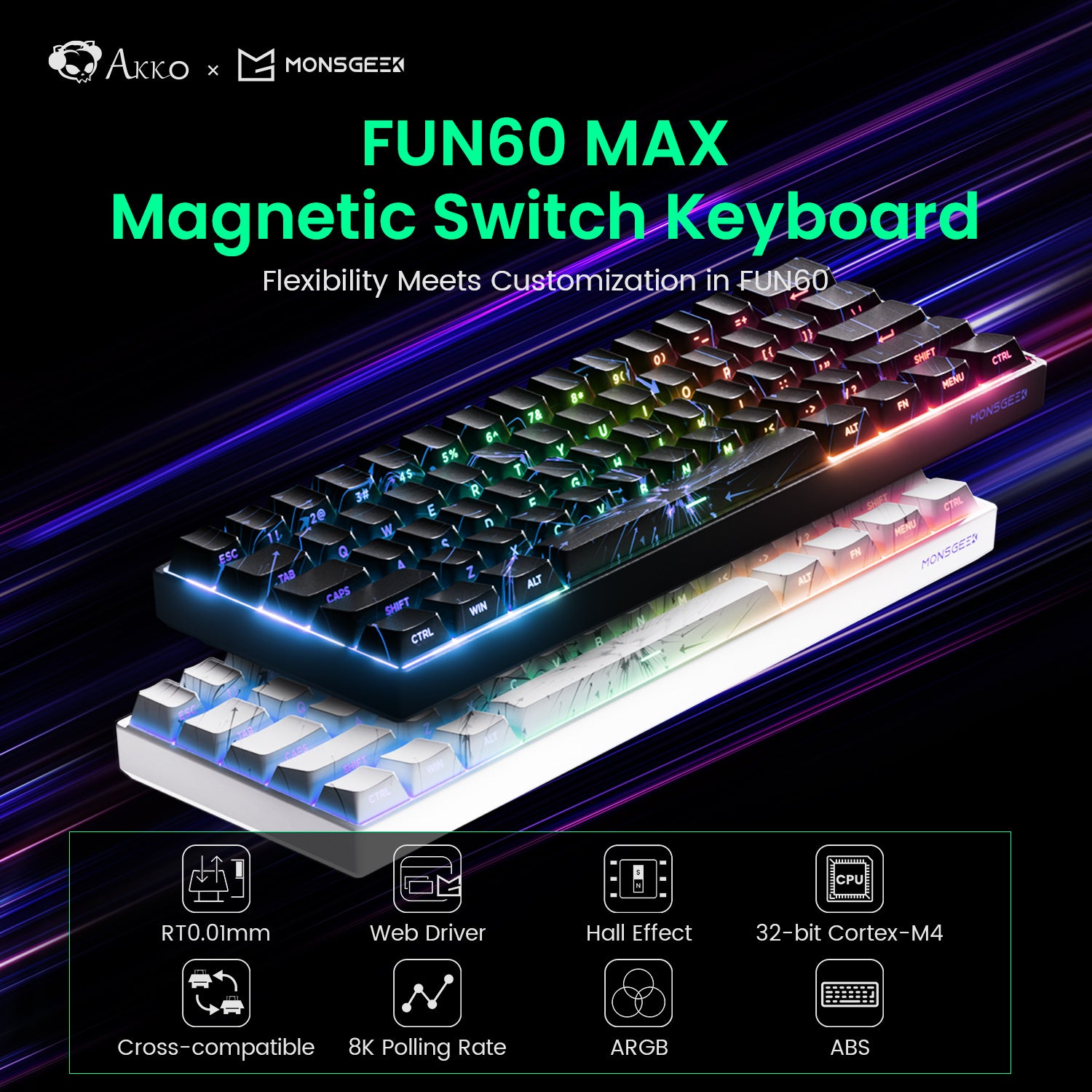
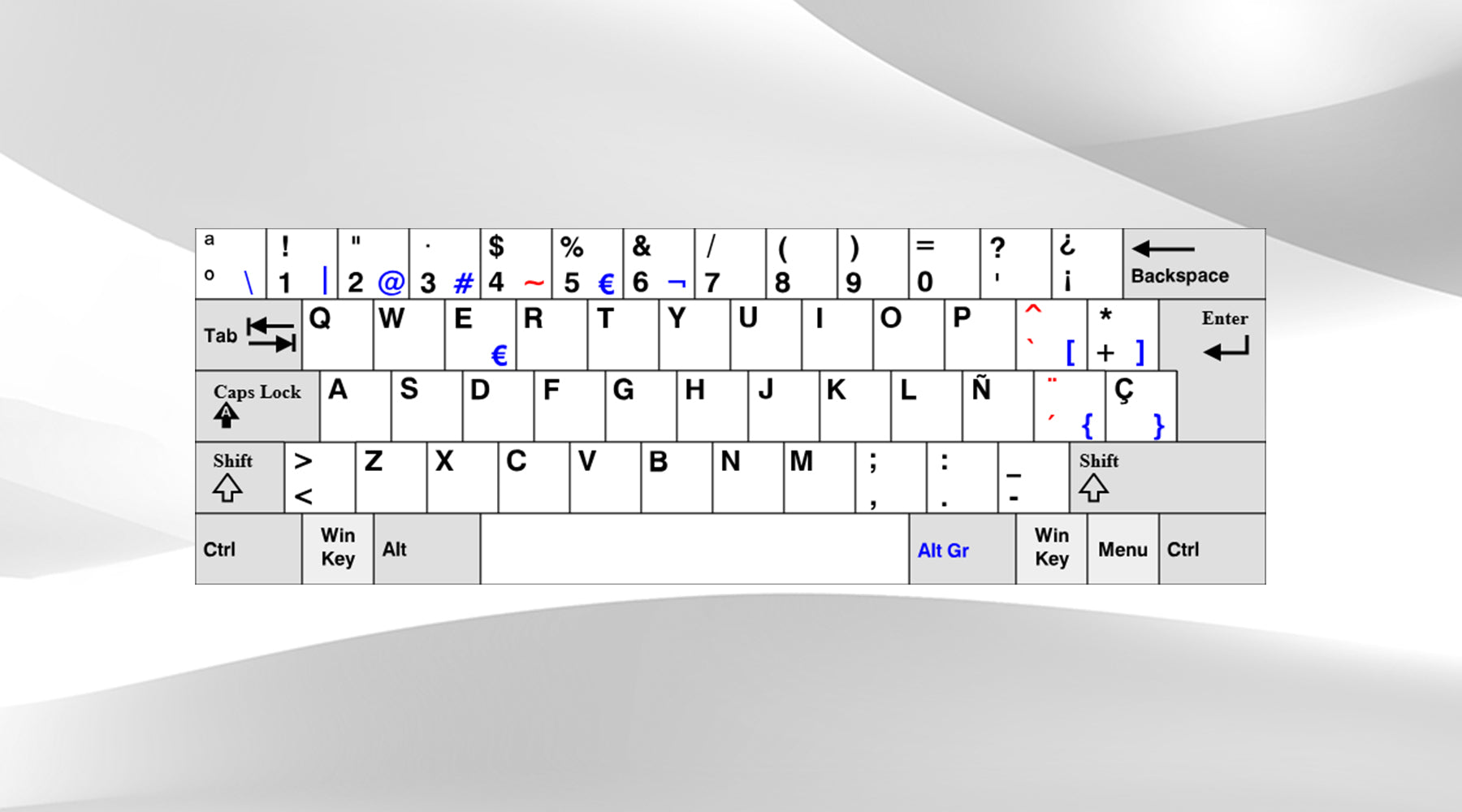
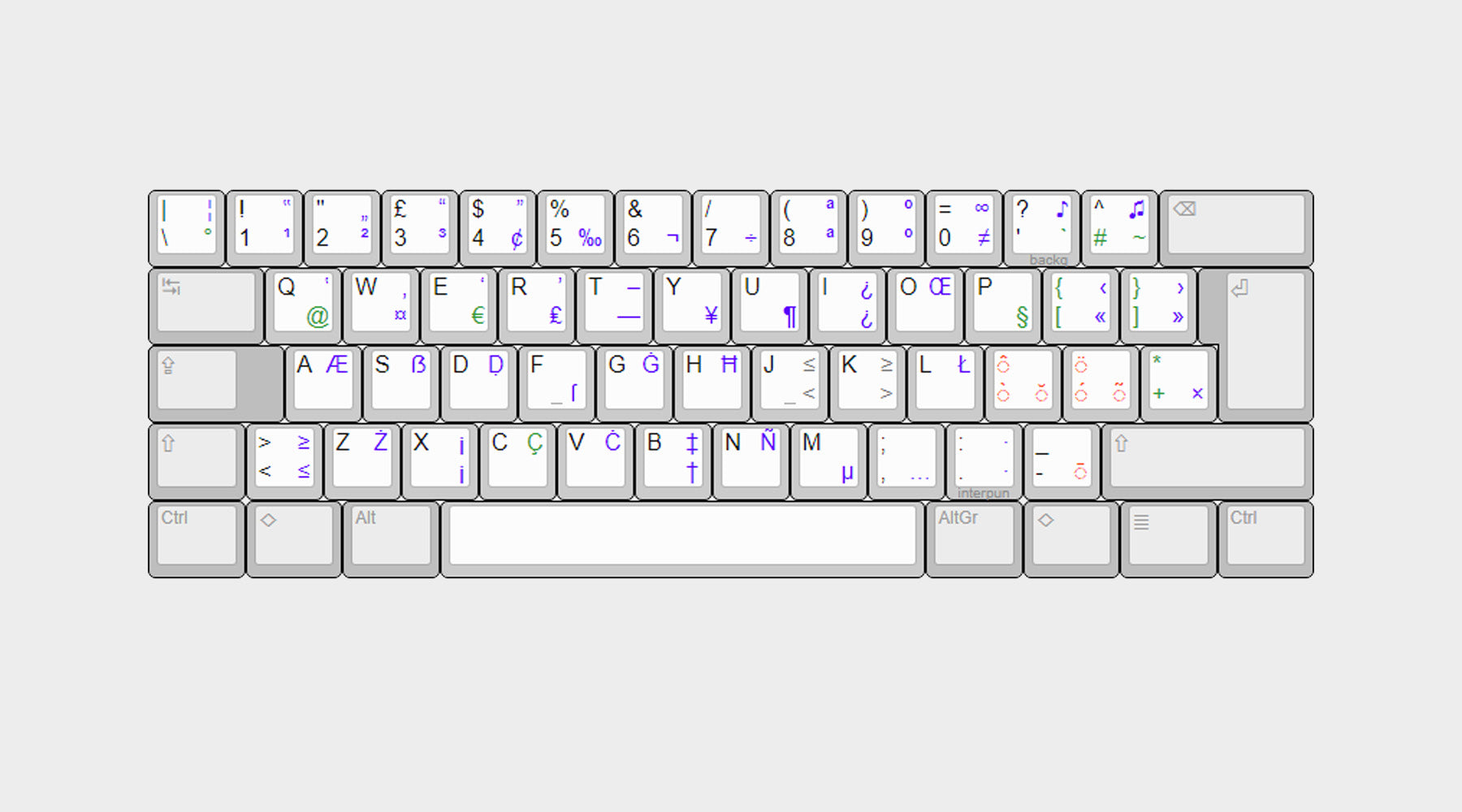
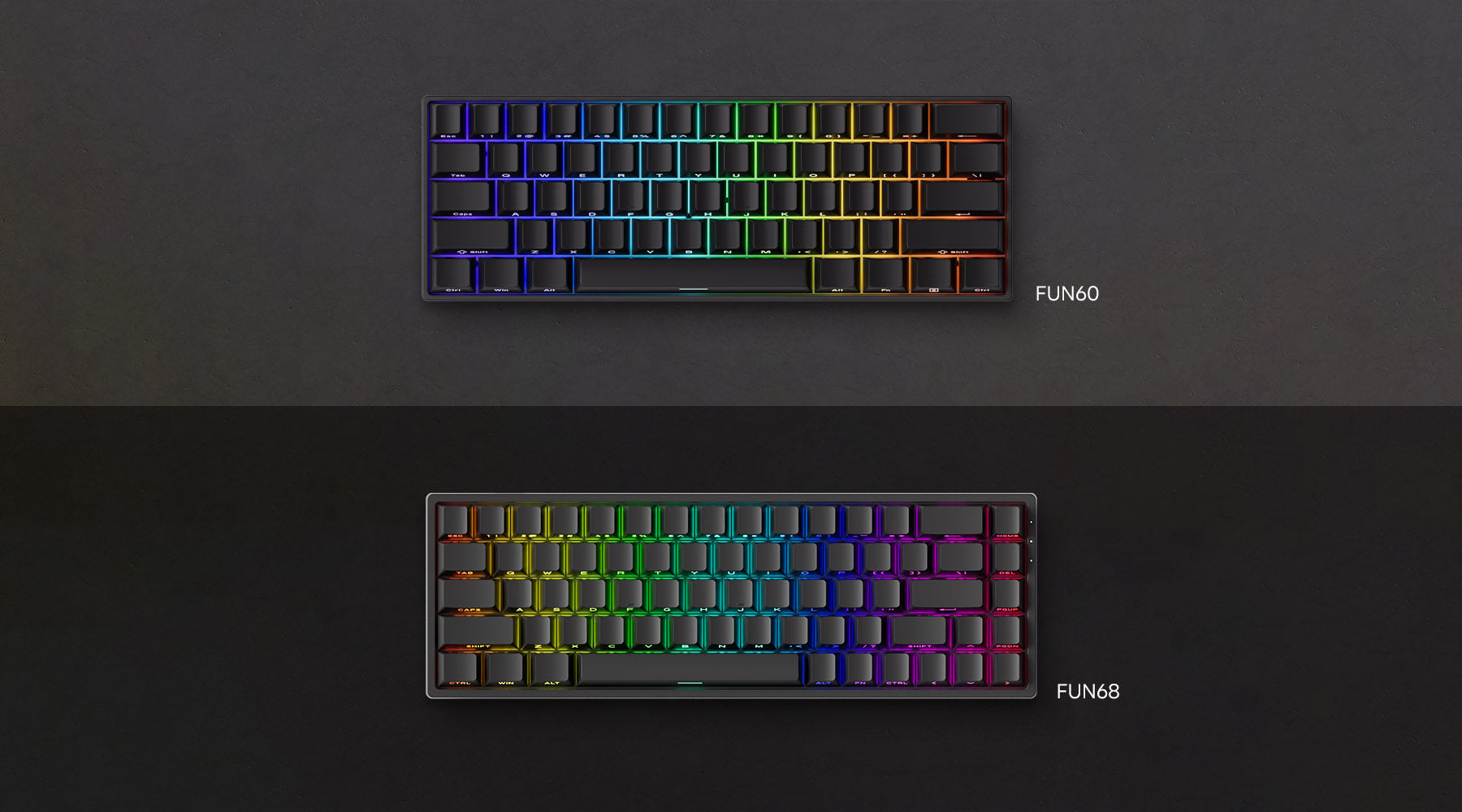
Dejar un comentario
Todos los comentarios se revisan antes de su publicación.
Este sitio está protegido por hCaptcha y se aplican la Política de privacidad de hCaptcha y los Términos del servicio.